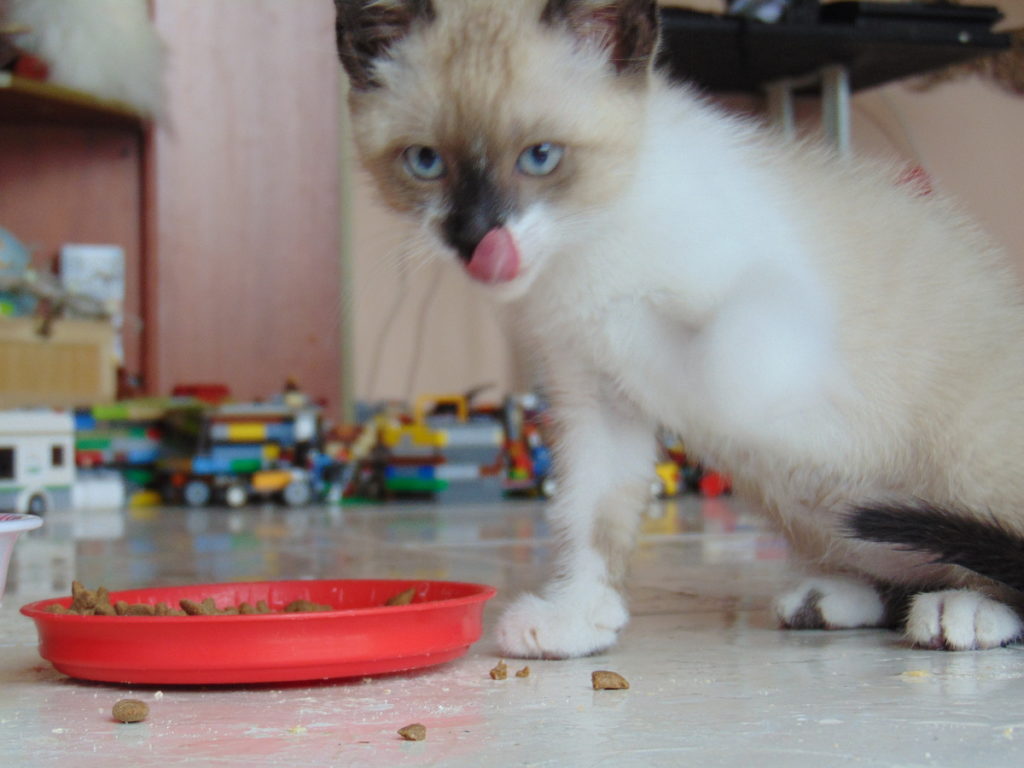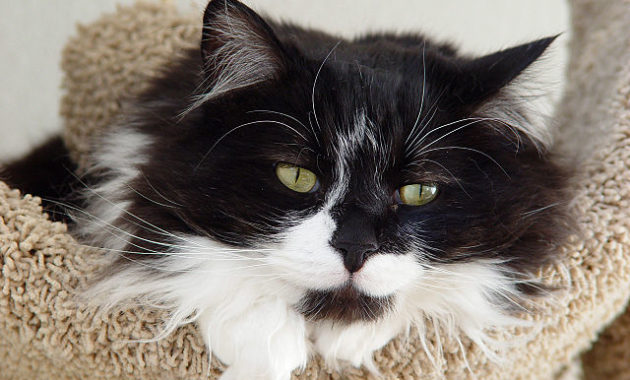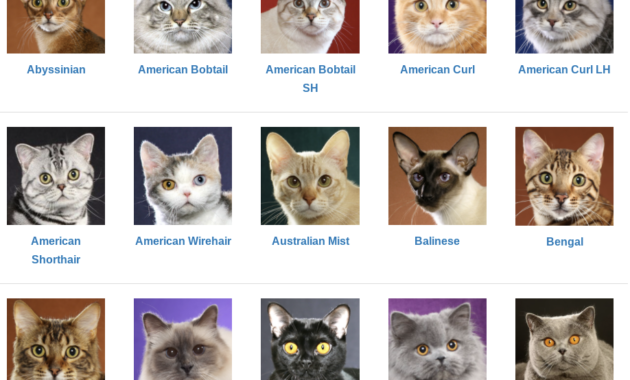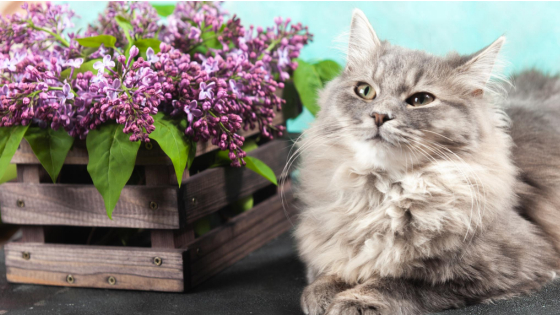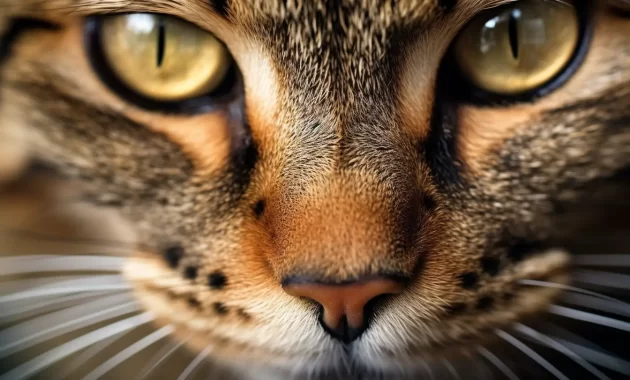
We all love our cats, and they love us back in return.
But if you’ve noticed your cat has become more territorial lately, don’t worry—it’s normal behaviour for felines!
Territoriality is an inherent part of the feline lifestyle, and understanding it can help us create a better relationship with our furry friends.
As a feline behaviour expert, I’m here to explain why cats are so territorial and how we can interact with them to satisfy their needs.
Cats are highly territorial creatures by nature.
They stake out their territory using scent marking, vocalizations and physical boundaries such as scratching posts or furniture.
It’s important to remember that cats perceive their environments differently than we do; they’re not just trying to protect ‘their’ space but also trying to expand it.
Territoriality is essential for cats because it helps them feel secure and allows them to establish relationships with other cats in the vicinity.
With this knowledge, we can build strong bonds with our cats while respecting their need for security and independence.
Understanding Territoriality

Have you ever wondered why cats might display territorial behaviour?
Feline behaviour is complex; several factors can contribute to a cat’s territorial tendencies.
To better understand these behaviours so that we can help our cats, it is essential to analyze the underlying causes of this type of behaviour.
Cats are naturally social creatures, yet some individuals may struggle with socialization skills due to various circumstances.
One factor identified as a potential cause for territoriality is if a cat has not been correctly socialized as a kitten or their environment does not provide enough opportunity for positive interactions with other animals.
For example, suppose a cat was taken away from its mother too early or was not exposed to different people and animals at an early age.
In that case, they may be more likely to exhibit defensive behaviours when encountering new people or animals.
Understanding the source of your cat’s territoriality is vital in helping them become more comfortable in their environment.
Through proper socialization techniques such as introducing your cat slowly to new people and other cats, providing plenty of enrichment activities and toys, training them on how to interact with other animals appropriately and consistently rewarding good behaviours, you can help your feline friend become more comfortable within their home space and less inclined towards displaying defensive behaviours.
SEE ALSO
Cats That Are Good With Seniors
Cats That Are Happy Being Alone
Scent Marking

The previous section has highlighted the importance of territoriality in cats and how it is an integral part of their behaviour.
In this section, I will explain how scent marking plays a crucial role in feline territoriality.
Scent marking is a way for cats to ensure their territory remains secure from other cats.
It is common for indoor and outdoor cats to use scent marking to communicate with other felines.
This can be done through urine spraying or rubbing objects with glands on their cheeks or chin.
Cats spraying urine are likely to choose vertical surfaces such as walls, furniture, and windows to increase their visibility and allow others to detect the scent easily.
Cats may rub objects with glands on their cheeks or chin to further solidify their territory, as these areas contain pheromones that only other cats can detect.
Using these two methods of scent marking, cats can communicate with one another about the boundaries of their territories without having direct contact with each other.
This helps them maintain safety and security within their environments while avoiding unnecessary confrontations with other felines.
Vocalizations

H catsHighly territorial cats demonstrate this behaviour through vocalizations ranging from purring and meowing to growling and hissing. Territorial cats often use aggressive vocalizations when they perceive a threat to their territory or social hierarchy.
Although these sounds may appear angry, they are typically used as warnings and do not always involve physical aggression.
The most common sound territorial cats use the low-frequency growl, which warns against perceived intruders in the cat’s domain.
In addition, hissing is also used as a warning sign of impending aggression and is usually followed by a hostile action such as swatting or biting.
Territorial cats may also meow more frequently or for extended periods than usual when trying to establish dominance over another animal or person.
Purring is another sound associated with territorial cats, though it does not necessarily indicate aggression.
Cats can use purring to show contentment but can also be used by cats to express anxiety when threatened by an intruder or unfamiliar environment.
In some cases, purring may even be seen as a form of manipulation, especially if the cat has gotten what it wanted after making this sound.
Understanding the significance of these sounds is critical to understanding the behaviour of territorial cats and responding appropriately to ensure both safety and harmony among pets in the household.
Physical Boundaries
Cats are highly territorial, and this is evidenced in the form of territorial aggression.
Territorial aggression involves cats exhibiting aggressive behaviour to defend their home, food and other resources from perceived threats.
This type of behaviour is often referred to as resource guarding.
| Cats use A low-pitched grumbling sound as a warning sign or as a response to feeling threatened. | Description |
|---|---|
| Hissing | A warning sound that cats make when they feel threatened or uncomfortable. |
| Growling | Cats use aggressive body language to assert dominance over a perceived threat. It can include erect ears, piloerection (raised fur), flattened ears, bared teeth and an arched back. |
| Posturing | Cats use an aggressive body language to assert dominance over a perceived threat. It can include erect ears, piloerection (raised fur), flattened ears, bared teeth and an arched back. |
These behaviours can be observed both inside and outside the home.
Cats may patrol their territory, mark it with urine or feces, and defend it from intruders such as other cats or animals approaching too closely.
As an expert on feline behaviour, I strongly recommend providing your cat with clear boundaries and plenty of resources within those boundaries to feel safe and secure in its environment without resorting to territorial aggression.
If intruders do not respect these boundaries, then it is essential to intervene before the situation escalates into serious conflict.
Cats are naturally inclined towards defending their space and resources – if they feel secure in their environment, they can relax without feeling like they have to protect themselves against potential threats.
By understanding the signs of territorial aggression and taking steps to ensure that your cat’s needs are met, you can help them live peacefully in even the most crowded environments.
Establishing Relationships
Cats are some of the most territorial animals, making it difficult to create lasting relationships.
It is like trying to build a bridge between two heavily guarded fortresses – a daunting task that requires much patience and understanding.
Fortunately, there are ways to socialize cats and engage in behavioural training to learn to accept and even enjoy the presence of other cats.
The key is starting small and gradually introducing new elements into their environment.
For example, giving them plenty of space when introducing them to another cat or having an extra litter box for multiple cats can help reduce anxiety levels.
Providing them with plenty of mental stimulation through activities such as puzzle toys can also help keep them from feeling overwhelmed by new stimuli.
By providing cats with the right environment and tools for successful socialization, both felines can form strong bonds with one another over time.
Through consistent positive reinforcement, trust between them can be built until they eventually become comfortable enough in each other’s company to form a lasting friendship.
It is possible to create harmonious relationships between highly territorial cats with practice and patience.
Frequently Asked Questions
What Type Of Cat Is Most Territorial?
Regarding territorial behaviour, some cat breeds are more dominant than others.
Siamese cats, for example, are known for their assertiveness and often use their vocalizations to mark their turf.
Other breeds, like the Bengal, are also quite territorial and will fiercely protect what they consider ‘theirs.’
If you’re looking for a cat that is particularly protective of its home, you may want to look into these breeds.
However, it’s important to remember that all cats have the potential to become territorial depending on their environment, so it’s essential that proper boundaries are set in any home with felines.
How Can I Discourage My Cat From Being Territorial?
Do you have a territorial cat? If so, don’t worry – you can take a few steps to discourage this behaviour.
First and foremost, socializing your cat is critical. Introduce them to other cats in the home (or, if possible, in a controlled environment outside) to help them become more comfortable with their environment.
Additionally, providing environmental enrichment through interactive toys, scratching posts, and playtime will give your cat an outlet for their energy.
With patience and consistency, your territorial kitty will soon feel more relaxed and secure in their surroundings.
How Do Cats Establish Relationships With Other Cats?
Felines are sociable creatures, and their social dynamics can be complex.
While cats may not have the same level of companionship as other animals, when building relationships with other felines, they will often display fear reactions to establish trust.
From scent-marking to purring, cats have a variety of behaviours that help them navigate social interactions with their furry counterparts.
Understanding the various ways cats communicate and how they form relationships can give us insight into their mysterious lives and evoke a feeling of intimacy with our beloved furry friends.
How Often Do Cats Scent Mark?
Cats are incredibly social creatures and are instinctive to scent mark their territory.
By doing so, cats can establish relationships with other cats in the area and form an intimate bond.
This behaviour is most often observed when cats are socializing with each other or when they feel threatened by a newcomer in the area.
The frequency of scent marking can vary greatly depending on the cat’s personality and environment.
Generally, it is safe to assume cats will scent marks regularly to ensure their home remains safe from intruders.
How Can I Tell If My Cat Is Feeling Territorial?
Do you have a feline friend displaying some curious and unexpected behaviour? If so, then it may be that your cat is feeling territorial.
Cats are naturally territorial, but understanding their body language can help determine if they feel threatened – which can lead to aggressive behaviour.
As a feline behaviour expert, I’m here to tell you about the triggers and body language cues indicating your cat’s territorial.
These signs will reveal whether your cat feels threatened, from tail twitching to fur-raising and everything in between.
By understanding these subtle signs, you can take steps to ensure your cat’s safety – as well as the safety of those around them.
Conclusion
It is important to remember that cats are naturally territorial creatures, and this behaviour should not be punished.
As a responsible pet owner, it is essential to understand the signs of territoriality to help your cat live peacefully with other animals and people.
Setting boundaries and providing a safe environment for your cat can ensure their territory remains secure.
Understanding your cat’s needs and respecting their boundaries goes a long way in preventing any territorial issues from arising – just like a purring engine, the smoother it runs, the better!

